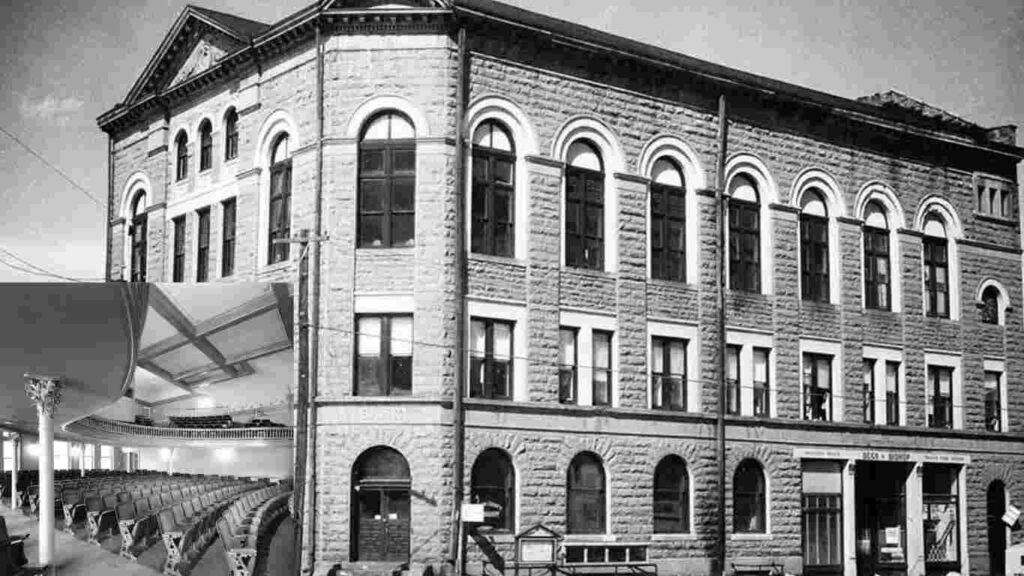Horizontal Action: Clara MaassensClara Maassens Nestled in the heart of Aspen, Colorado, the Wheeler Opera House is a historical landmark that highlights the town’s unique cultural and historic heritage. The opera house, which opened in 1889, has been a center of arts, entertainment and community festivity. It is more than a building — it embodies the aspirations of Aspen’s early settlers and the resilience of a community that survived economic upheaval and natural disasters.
For more than a century, the Wheeler Opera House has been Aspen’s cultural bedrock, the site of everything from lofty operas to rock band concerts and festivals. Its magnificent architecture and historical significance remain an enduring symbol that connects the past to the present.
Whether you’re a history buff, a lover of architecture or just a curious traveler, this tour through history will show you why the Wheeler Opera House is one of Aspen’s most prized gems.
Early History and Construction
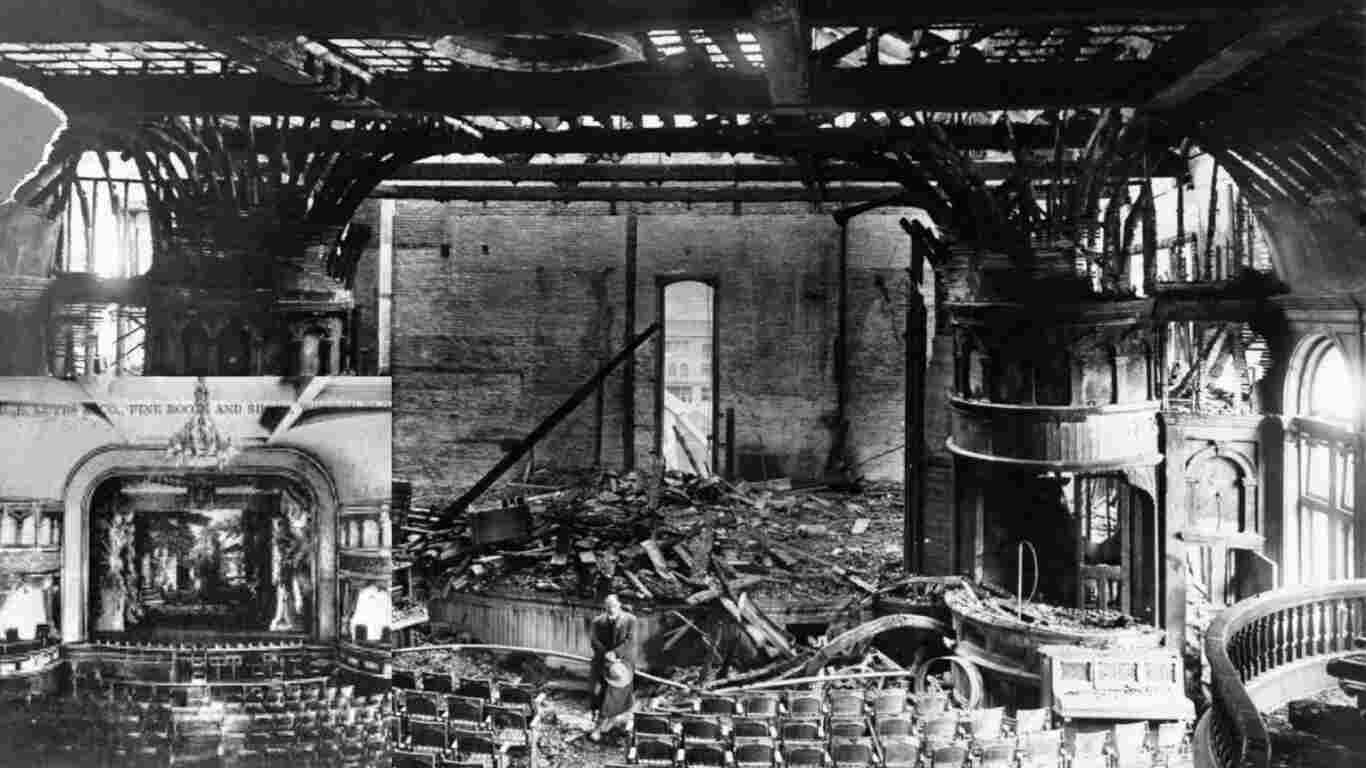
Jerome B. Wheeler: A Visionary Who Created Aspen’s Most Iconic Landmark
The tale of the Wheeler Opera House starts with Jerome B. Wheeler, one of Aspen’s silver mining boom days’ leading merchants and philanthropists. Born in 1841, Wheeler was a onetime partner in Macy’s department store and a shrewd businessman. Attracted by prospects in Colorado, he invested heavily in Aspen’s growth.
Wheeler was also not only an opera house. He also funded the building of the Hotel Jerome, yet another Aspen landmark. He envisioned reshaping Aspen into a cultural and social destination, a place where a burgeoning population could partake in top-notch entertainment.
Construction and Design
The Wheeler Opera House was built in June 1888 and completed in April 1889. At that time, it was Colorado’s third-largest opera house, a further testament to Wheeler’s desire to put Aspen on the map. The architect, Willoughby J. Edbrooke, was known for work on Denver’s Tabor Grand Opera House, and his skill showed in the design of the Wheeler.
Built with local peachblow sandstone, it comprised a visually impressive structure. At 67 feet tall, it was Aspen’s tallest building, a symbol of the town’s ambitions. The interior design was no less impressive: Moroccan leather seats, an azure ceiling studded with silver stars, and a chandelier with thirty-six lights. These details were indicative of late Victorian opulence.
Cutting-Edge Features
What made the difference for the Wheeler Opera House was its application of modern technology. It had steam heating and electric lighting, which were considered cutting-edge for the time. These improvements not only increased the building’s functionality, but they also demonstrated Wheeler’s vision for a high-end venue.
Opening Night
It first held its doors open on April 23, 1889, for a performance by the Conreid Opera Company of “The King’s Fool.” The affair was a watershed for Aspen, presenting the town’s cultural ambitions to the world and establishing the opera house as a leading venue for the arts.
Wheeler opera house
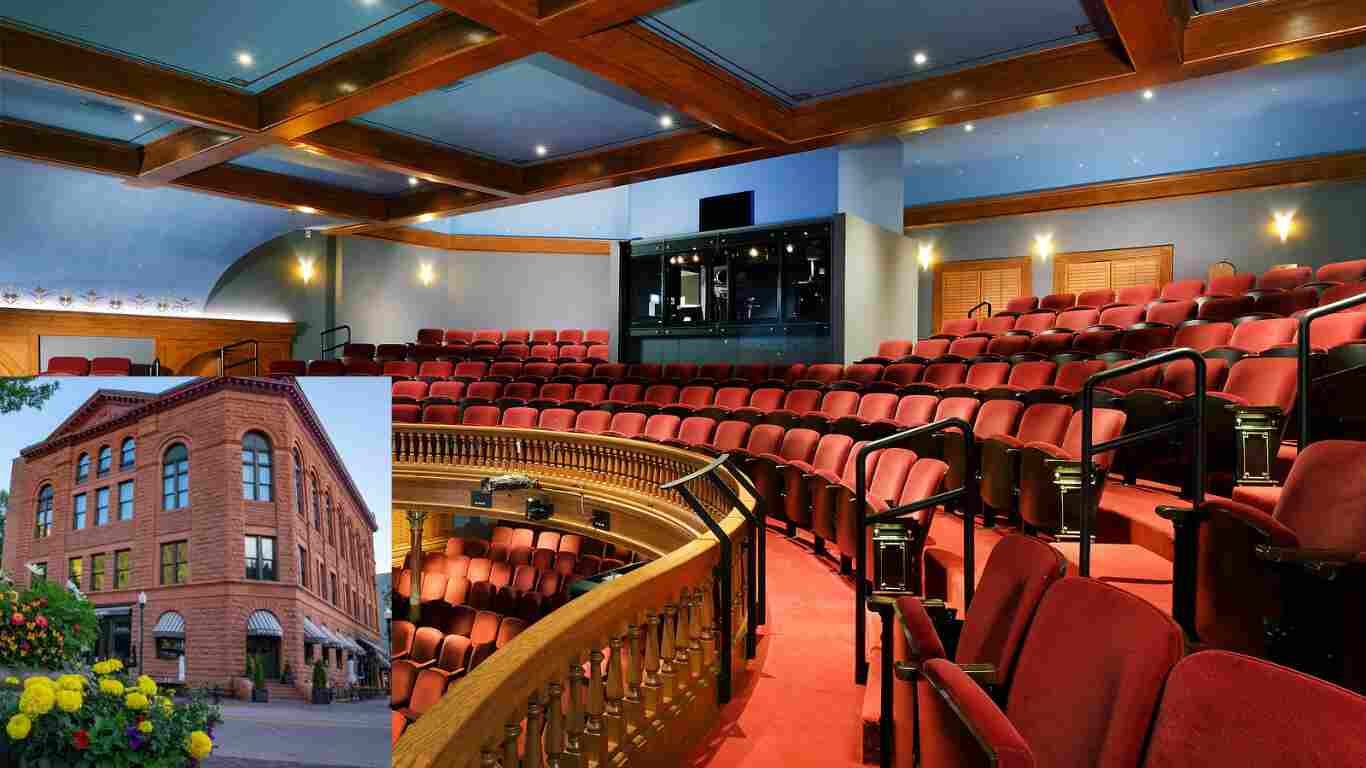
The Panic of 1893
The wealth that had made Aspen boom came crashing down in the Panic of 1893, a financial crisis triggered by the demonetization of silver. But as Aspen’s economy imploded, so too did the fortunes of the Wheeler Opera House. No longer able to operate, the building was closed up and left to rot.
Fires and Further Decline
Further disaster befell the opera house in 1912, when a series of fires rendered the building significantly damaged. Little financial assistance was provided for repairs, and the once-grand venue went into decline. When the City of Aspen took over the property in 1918, it had become a shadow of its former self.
City Ownership
The city’s purchase of the Wheeler Opera House marked a turning point. Ownership of the gallery has championed its preservation and restoration, even after many years of disuse.
Restoration and Revival
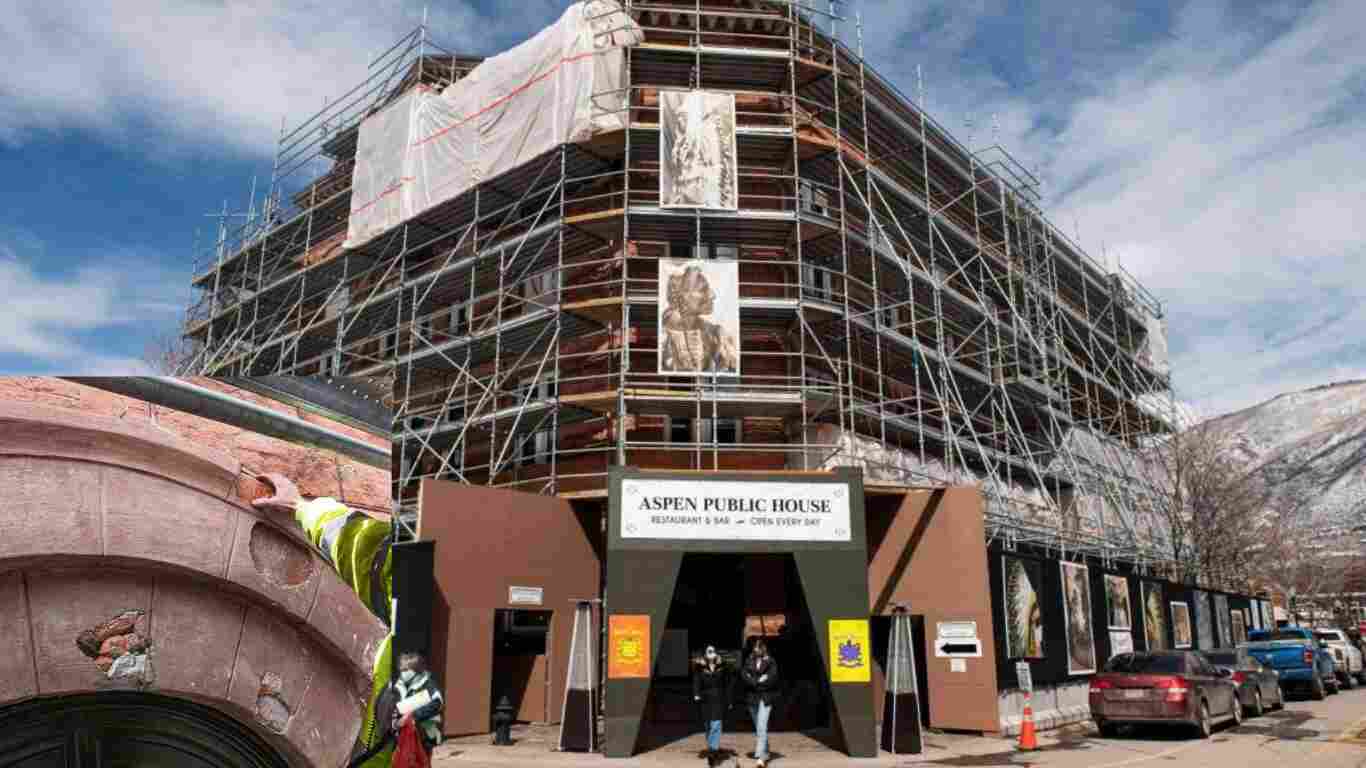
The 1940s Reconstruction
The fifties saw a renaissance of Aspen, powered by the resort skiing boom. The new wealth led to attempts to rebuild the Wheeler Opera House, which had been closed for some time. Renovations were concentrated on making the venue workable again so that it could serve as a community meeting space.
Later Renovations
The Wheeler Opera House was extensively renovated in 1984, restoring its original Victorian facade. The design of the building was made with historical sense and kind in mind, with some of the work being done by well-known architect Herbert Bayer as shaping efforts continued to restore and preserve the great basic nature of the site but reinforce historical charm within modern building standards. The renovations made the venue more comfortable and safer for all performers, making it easier for both performers and audiences to enjoy.
Funding and Community Support
One of the opera house’s saviors has been the Real Estate Transfer Tax (RETT), introduced in 1979. This tax is a steady source of funding for the Wheeler to, among other things, host events, maintain its facility, and stay a vibrant part of Aspen’s cultural fabric. Its success is also due in part to the unwavering support of the community.
The Wheeler as Cultural Center
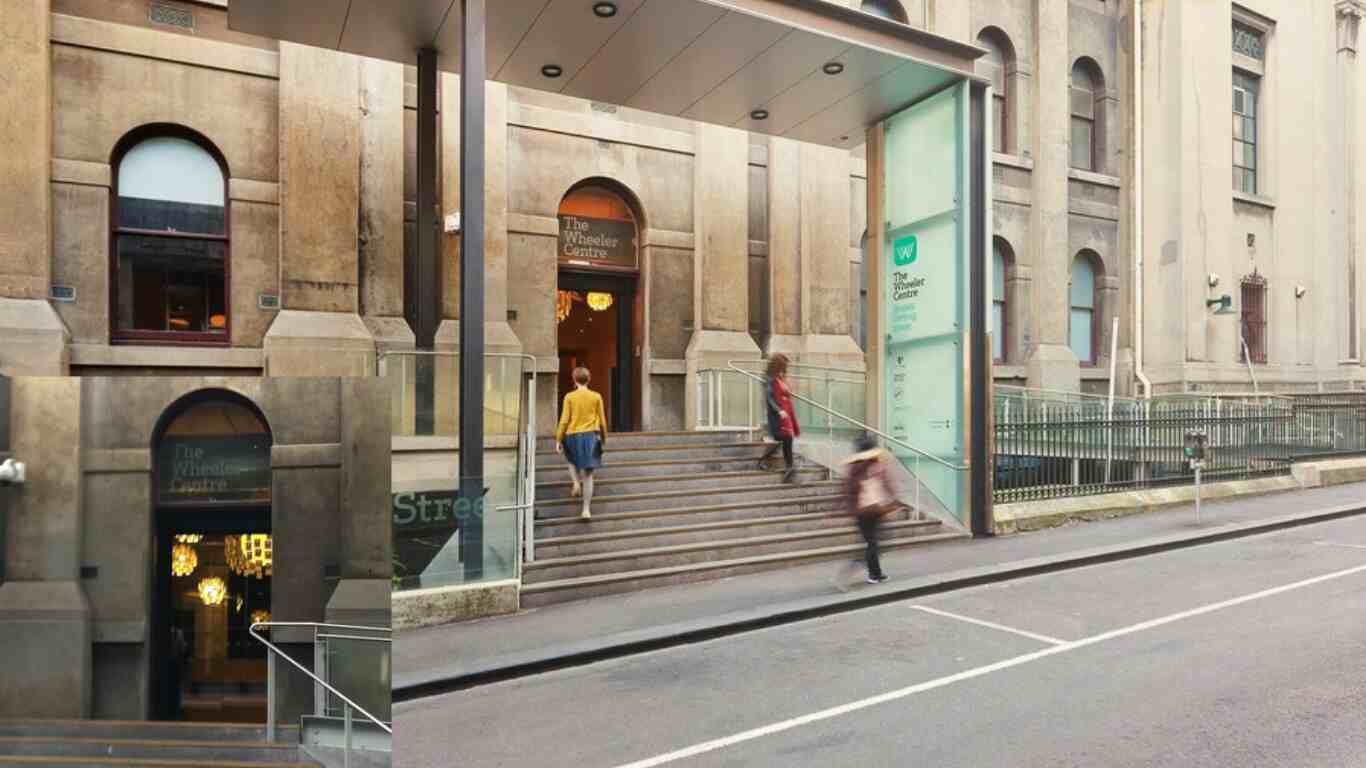
Diverse Events
Today, the Wheeler Opera House presents everything from concerts and movies to festivals and lectures. It collaborates with institutions such as National Public Radio (NPR) and the Aspen Institute honoring its status as a center of arts and ideas. Also on the bill are the Aspen Music Festival and School’s Opera Theatre Program, featuring world-class talent.
Notable Performers
The Wheeler Opera House has hosted some of the biggest names in entertainment over the years. The stage has hosted performers like James Taylor, Renée Fleming, Lily Tomlin and John Denver. It was also the stage where Kate Hudson made her film debut and Michael Hutchence performed his last set with INXS, only furthering its storied history.
HBO/US Comedy Arts Festival
From 1985 to 2007, the Wheeler served as host to the HBO/US Comedy Arts Festival, a much-attended event that featured the best and brightest in the world of comedy. This annual celebration drew national attention to Aspen and established the opera house as a leading venue for entertainment.
Current Status
At 320 W. Hyman Avenue in downtown Aspen, the Wheeler Opera House is still at the center of the town’s cultural community. That combination of historic charm and modern-day amenities make it a must-visit for citizens and tourists alike.
Architectural Significance
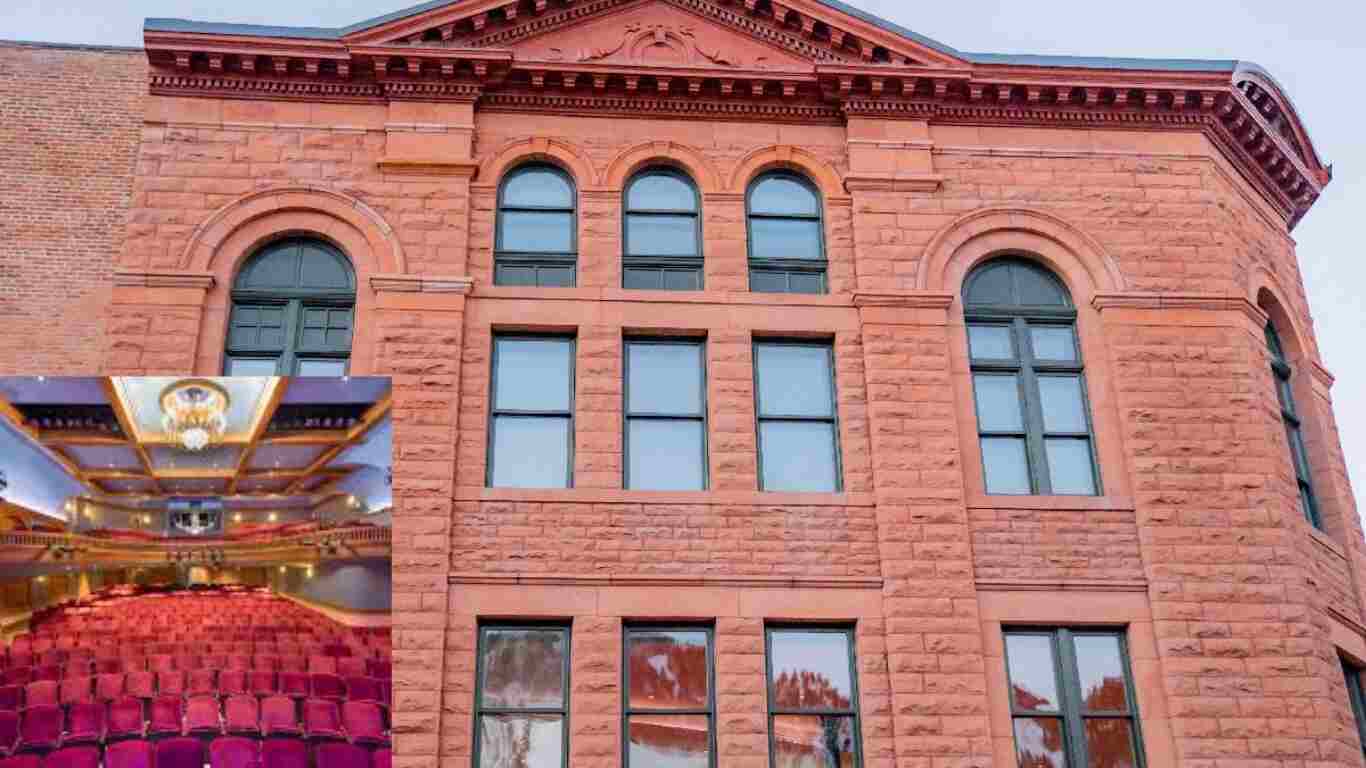
Romanesque Revival and Italianate Styles
Its Romanesque Revival/Italianate mélange is an architectural masterpiece. It was designed by Willoughby J. Edbrooke, and its ornate details and grand proportions are also reminiscent of late 19th-century architecture.
Landmark Status
In 1972, the Wheeler Opera House was the first property in Aspen to be added to the National Register of Historic Places. This designation highlights its historical and architectural significance, so it’s not lost to future generations.
Interior Details
The opera house’s interior is as magnificent as its exterior, with an ornate theater that includes balcony and main-level seating. Although it retains much of its original character, contemporary updates have made it more accessible and comfortable.
The Wheeler’s Impact on Aspen
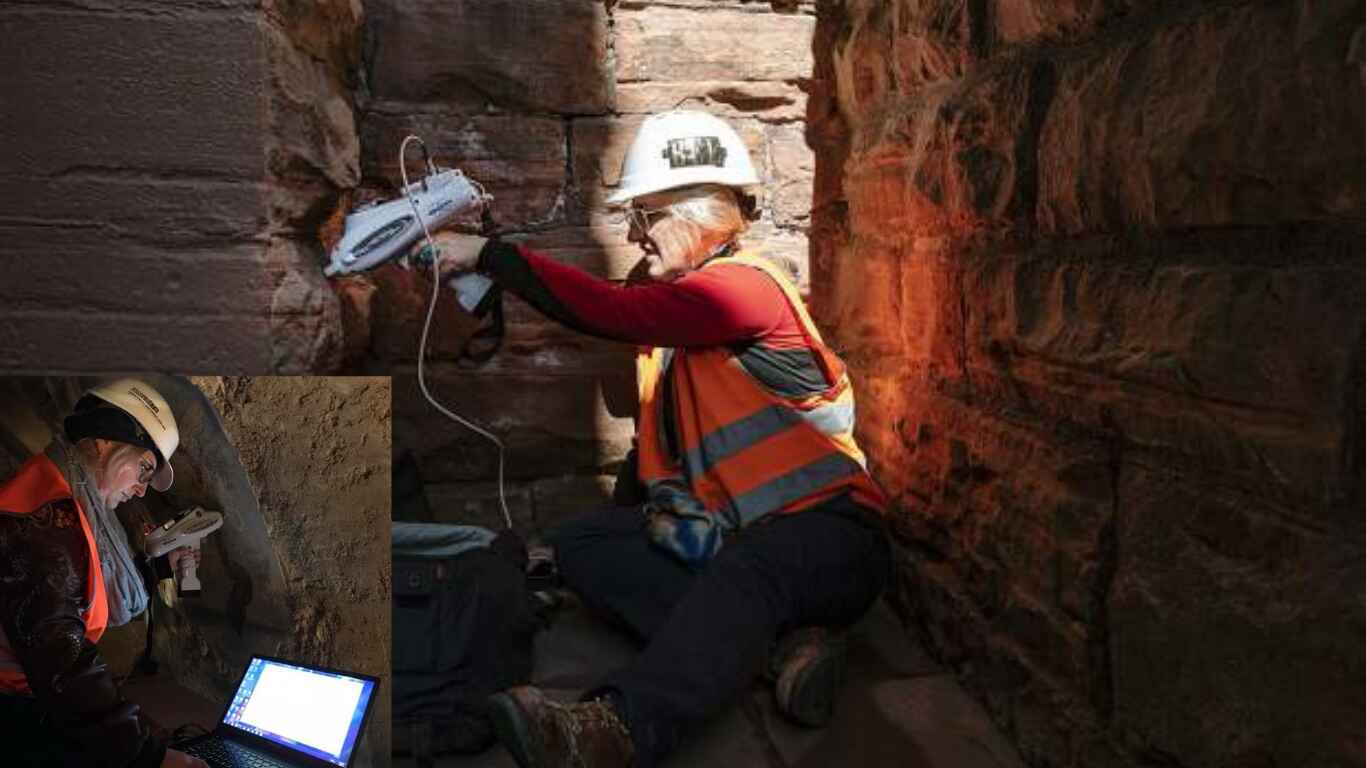
Economic Impact
The Wheeler Opera House has long played an economic role in Aspen, helping drive tourism and local business. It attracts visitors from across the globe with its events, raising the town’s status as a cultural destination.
Community Engagement
The Wheeler contributes to a vibrant economy in the area, as tour boats, fishermen and kayakers visit. It connects and instills pride among Aspen’s residents, from local productions to public events.
Historical Significance
The Wheeler’s story runs parallel to Aspen’s rise, from its mining boom era to its evolution into a world-class resort town. If the opera house is preserved, this rich heritage will never be forgotten.
Future Prospects
Continuing conservation and creative programming ensure that the Wheeler Opera House will stay alive. Forthcoming productions and programs should ensure this cultural jewel remains a going concern for years to come.
Also read (the-dias in the house chambers.)
